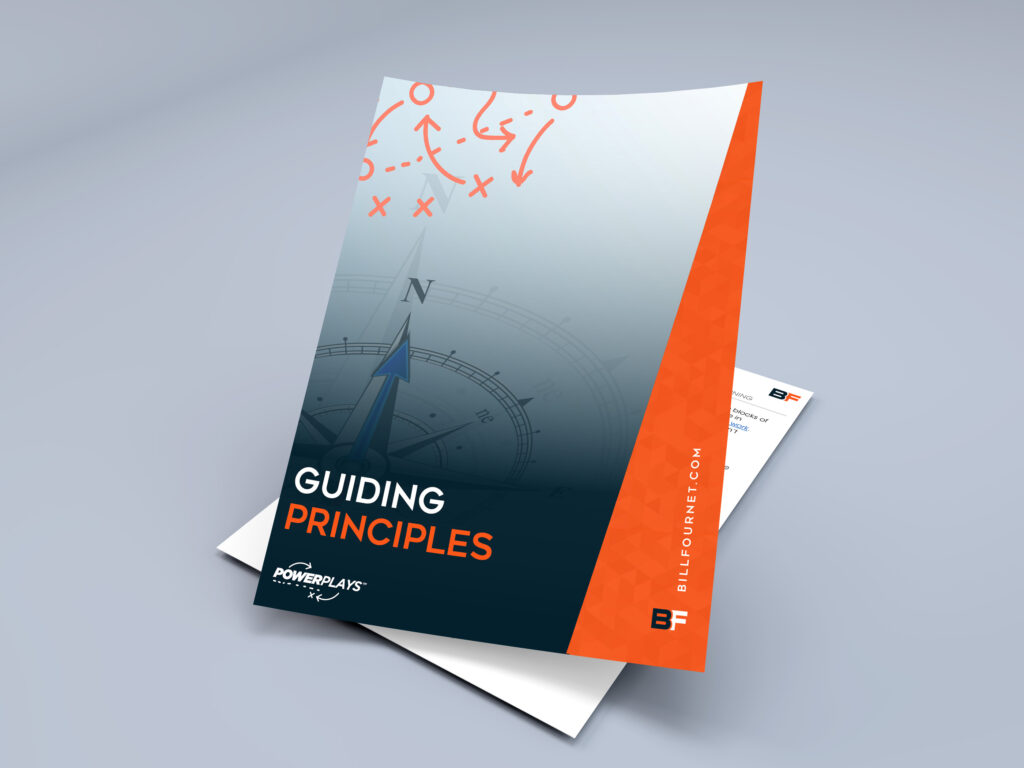

Close

Powerplay
Mastering Leadership Uncertainty
In an ever-evolving business landscape, leaders must be ready for anything. Use this technique to proactively equip you and your team with the skills to navigate disruption and uncertainty.
The Three Outcomes PowerPlay™ helps you learn how to understand the situation, identify triggers within your plan, explore possible outcomes, and prepare courses of action.
This PowerPlay™ includes four steps to help you plan when you don’t know what’s coming next.
Step 1: Understand the Situation
When your team is confronted by a new challenge, have them first seek to understand the situation fully—compare their map to the terrain. Encourage them to challenge complacent thinking by asking, “How might this situation be different from the past one?”
Example: Your current vendor informs you that they have a material shortage. You need this material delivered in one week.
You ask the “How might this be different…” question.
Step 2: Identify Triggers within Your Plan
A “Trigger” is an action that can lead to multiple consequences or outcomes. Clarify decision-making by working with your team to identify the Trigger(s) within your plan— what each one is, when it will happen, and the potential outcomes that will result.
Example: You have a call with the vendor (Trigger: intel) to assess the situation and determine the options.
Step 3: Explore More than One Outcome
Too many teams explore only one outcome and then plan courses of action for it. But a Trigger can have multiple scenarios or outcomes that require different courses of actions. Use the Outcome Map (in the PDF) to identify at least three possible scenarios.
The team will often find more than these, which increases their adaptability performance.
Example: You outline the following three outcomes:
Step 4: Prepare Response Plans for All Key Scenarios
Once your scenario responses are identified, review each of them and ask “What are my next steps for that scenario? Is there anything that could be done now to prepare for or minimize risk? Can anything be done now to speed up your response should a given scenario occur?” Urgency and risk should determine the level of detail defined in these courses of action. Identify those and assign a clear owner and due date for the action.
Example: If this was urgent (i.e. the customer needs the material in 2 days), then you may skip the vendor call and select another vendor who has the material in stock (you don’t have time to hope your current vendor will get their supply).
Bill’s Lead for Tomorrow newsletter will help you improve your adaptability, decision-making, and resiliency.
"*" indicates required fields


















The future won’t wait, and neither should you. Join thousands of business leaders who trust Bill’s practical insights on leadership, strategy, and turning disruption into opportunity—delivered straight to your inbox each month.
Copyright © 2025 Bill Fournet. All Rights Reserved.

